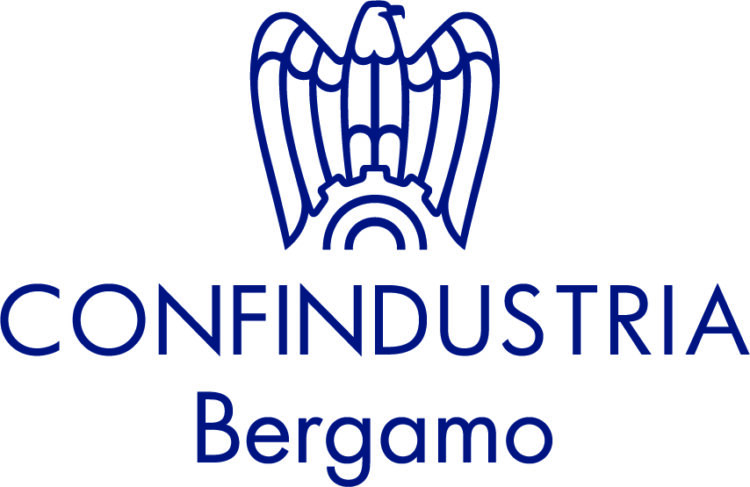Norway Explores Increased Gas Export Capacity from the Barents Sea
- Home
- /
- News 2021 oil&gas
- /
- Norway Explores Increased Gas...

Norway’s Minister of Energy emphasizes the importance of expanding export capacity for the exploration and development of gas reserves in the offshore areas of the Barents Sea, which hold significant untapped potential. According to a recent report by Wood Mackenzie, a potential new pipeline connecting the Arctic platforms in Norway’s Barents Sea to Europe could help reduce the continent’s reliance on liquefied natural gas (LNG) imports. Since Russia curtailed most of its gas pipeline deliveries in 2022 following the Ukrainian invasion, Norway has emerged as Europe’s largest natural gas supplier. However, currently, the only means of transporting gas from the Barents Sea to the market is through Equinor’s Hammerfest LNG export facility. There are no direct links between the Barents Sea and Norway’s primary gas pipeline network. Recognizing the significance of gas supply to Europe, the Norwegian Ministry of Energy requested Gassco, the gas infrastructure operator, to explore options for bringing more Barents Sea gas to the market. Gassco’s analysis considered various technical solutions to boost gas export capacity, including expanding the Hammerfest LNG plant’s export capabilities, exporting blue ammonia, and constructing a new gas plant and pipeline to the Norwegian Sea, enabling further transportation through the existing pipeline network. Gassco concluded that a Barents Sea pipeline appears to be the most economically viable option. Minister of Energy Terje Aasland emphasized the necessity of increasing export capacity for the continued exploration and development of the Barents Sea’s gas potential. Wood Mackenzie’s report highlights that the proposed $5 billion pipeline project would require government support. Daniel Rogers, Senior Analyst at Wood Mackenzie, stated that while the environmental and socioeconomic considerations surrounding the pipeline and further basin development are significant, they can only be realized with government backing. Wood Mackenzie’s report also suggests that government funding for the pipeline project or the implementation of a carbon border adjustment mechanism by the European Union to promote cleaner industrial production in third countries would enhance the project’s cost competitiveness. Overall, Norway is actively exploring ways to boost gas export capacity from the Barents Sea, with the aim of ensuring a reliable and independent gas supply to Europe.



